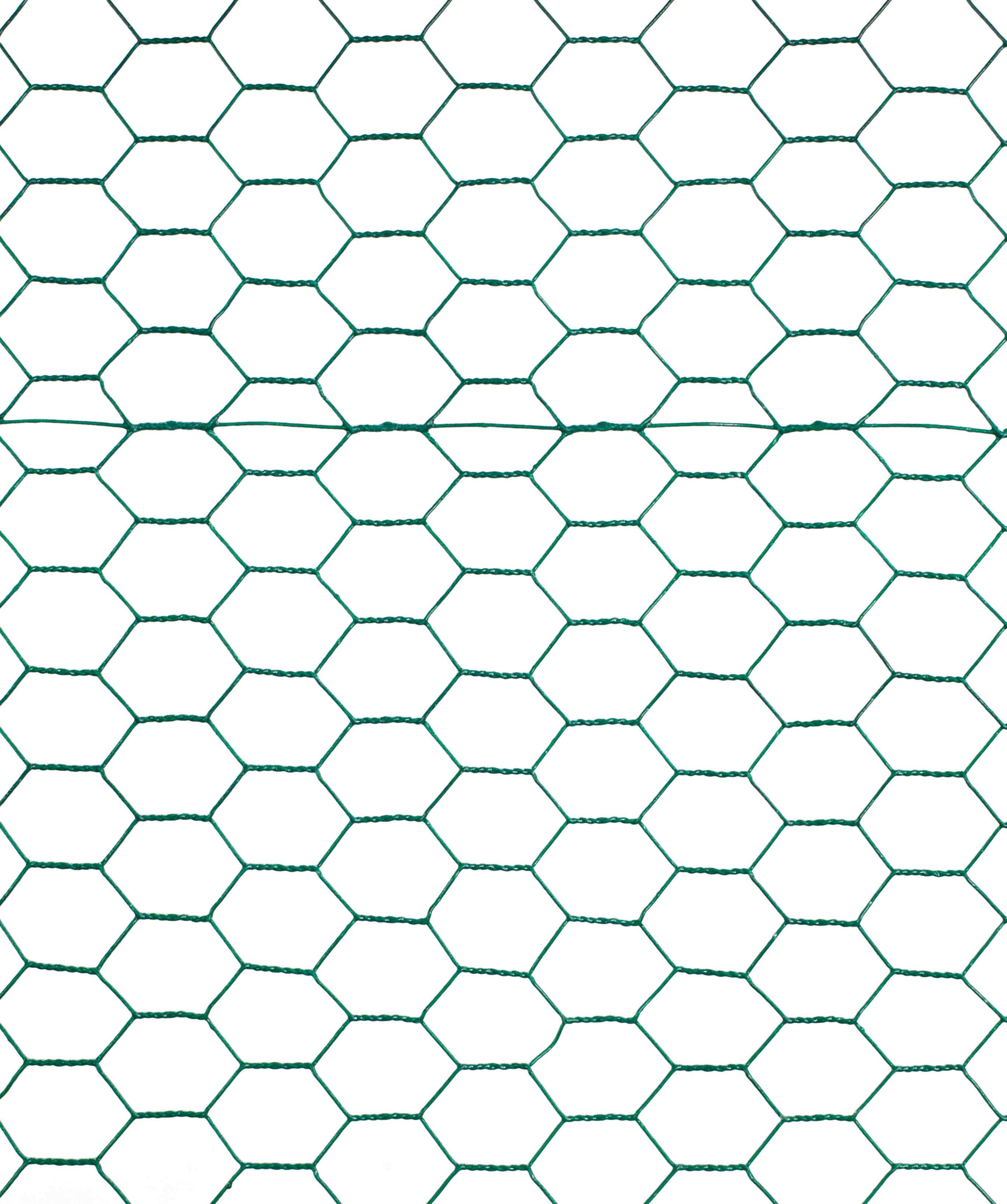wire compost cage
Nov . 02, 2024 04:57
Creating a Wire Compost Cage An Eco-Friendly Solution for Organic Waste
Composting is an essential practice for anyone looking to reduce waste and promote sustainable living. By converting organic waste into nutrient-rich compost, we can not only lessen the burden on landfills but also create a valuable soil amendment for our gardens. One effective method for composting at home is the use of a wire compost cage. This simple yet efficient structure allows for proper aeration and decomposition of organic materials, making it an ideal solution for gardeners and eco-conscious individuals.
What is a Wire Compost Cage?
A wire compost cage is a cylindrical enclosure made from wire fencing materials, designed to hold compostable materials while allowing air circulation. The structure ensures that oxygen can reach the compost pile, which is crucial for the aerobic decomposition process. Typically, the cage is opened at the top for easy access and can be moved as needed to different locations in the garden. The open framework of the wire allows for excellent drainage and helps maintain the moisture balance necessary for effective composting.
Benefits of Using a Wire Compost Cage
1. Improved Aeration One of the main advantages of a wire compost cage is its ability to facilitate air circulation. Aerobic bacteria thrive in environments with adequate oxygen, leading to faster decomposition of organic matter. This results in richer compost in a shorter amount of time compared to traditional compost bins.
wire compost cage

2. Cost-Effective and Simple to Build Building a wire compost cage is a straightforward DIY project perfect for gardeners on a budget. It requires minimal materials, such as galvanized wire fencing or chicken wire and wooden stakes or rebar for support. With basic tools, anyone can construct their own compost cage in a few hours.
3. Versatility and Portability A wire compost cage can adapt to various garden sizes and styles. It can be made in different heights and diameters based on the available space. Additionally, if the composting process requires troubleshooting or adjusting, the cage can be easily dismantled and relocated.
4. Pest Management Although compost piles naturally attract insects and wildlife, a wire cage may deter larger pests, such as raccoons and dogs, from rummaging through your organic materials. Adding a secure lid or utilizing finer mesh on the cage can further enhance pest protection.
How to Use a Wire Compost Cage
To start composting with a wire compost cage, begin by selecting a sunny spot in your garden. Lay down a layer of coarse material, like twigs or straw, to improve drainage. Next, add your organic waste, including fruits, vegetables, coffee grounds, and eggshells, while avoiding meat and dairy which can attract unwanted animals. Alternate between green materials (nitrogen-rich) and brown materials (carbon-rich) to create a balanced compost pile. Keep your compost moist but not waterlogged, and turn it occasionally to promote aeration.
In conclusion, a wire compost cage is an effective, environmentally-friendly option for handling kitchen scraps and garden waste. By taking advantage of its simple design and aeration benefits, you can produce high-quality compost that enhances soil health and supports sustainable gardening practices. Embrace composting with a wire cage and contribute to a greener planet one pile at a time!




















